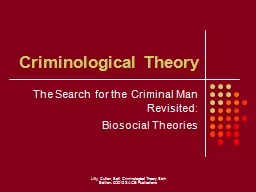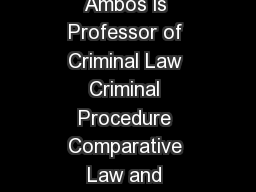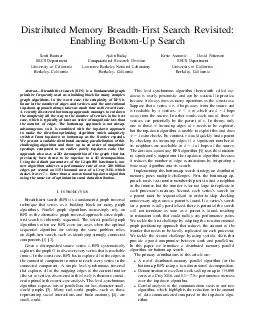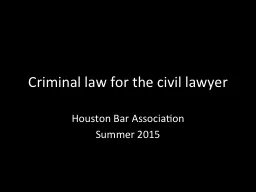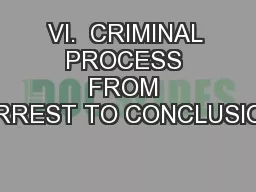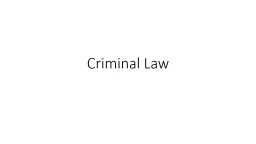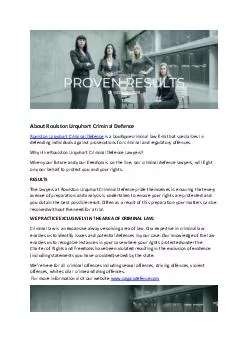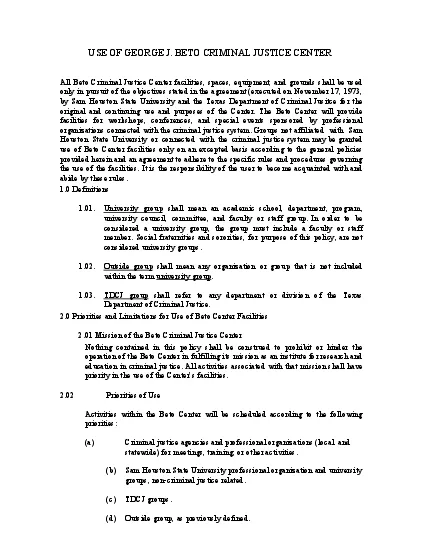PPT-The Search for the Criminal Man Revisited:
Author : alida-meadow | Published Date : 2017-04-05
Biosocial Theories Lilly Cullen Ball Criminological Theory Sixth Edition 2015 SAGE Publications Criminological Theory Introduction By the 1960s biology had lost
Presentation Embed Code
Download Presentation
Download Presentation The PPT/PDF document "The Search for the Criminal Man Revisite..." is the property of its rightful owner. Permission is granted to download and print the materials on this website for personal, non-commercial use only, and to display it on your personal computer provided you do not modify the materials and that you retain all copyright notices contained in the materials. By downloading content from our website, you accept the terms of this agreement.
The Search for the Criminal Man Revisited:: Transcript
Download Rules Of Document
"The Search for the Criminal Man Revisited:"The content belongs to its owner. You may download and print it for personal use, without modification, and keep all copyright notices. By downloading, you agree to these terms.
Related Documents

